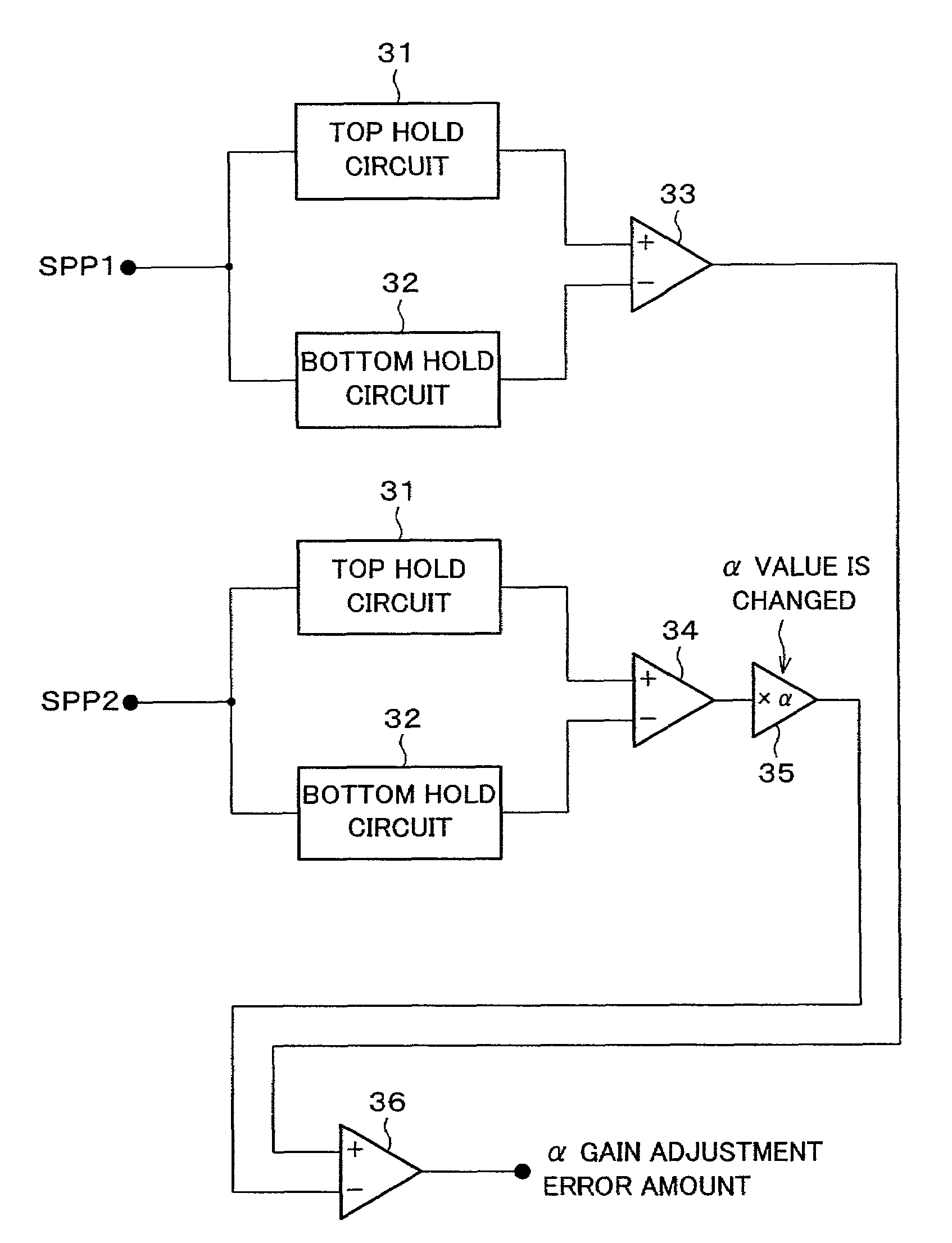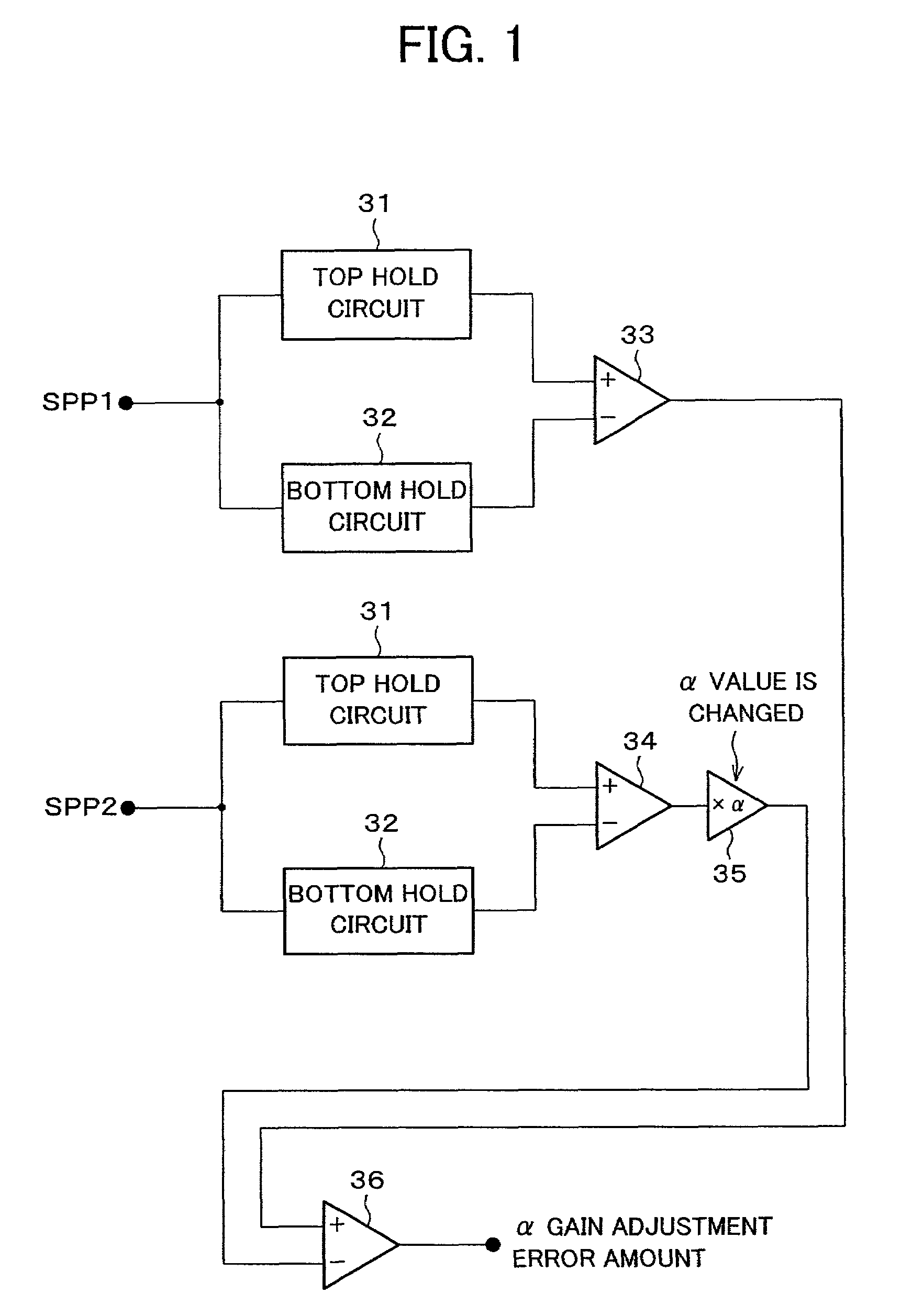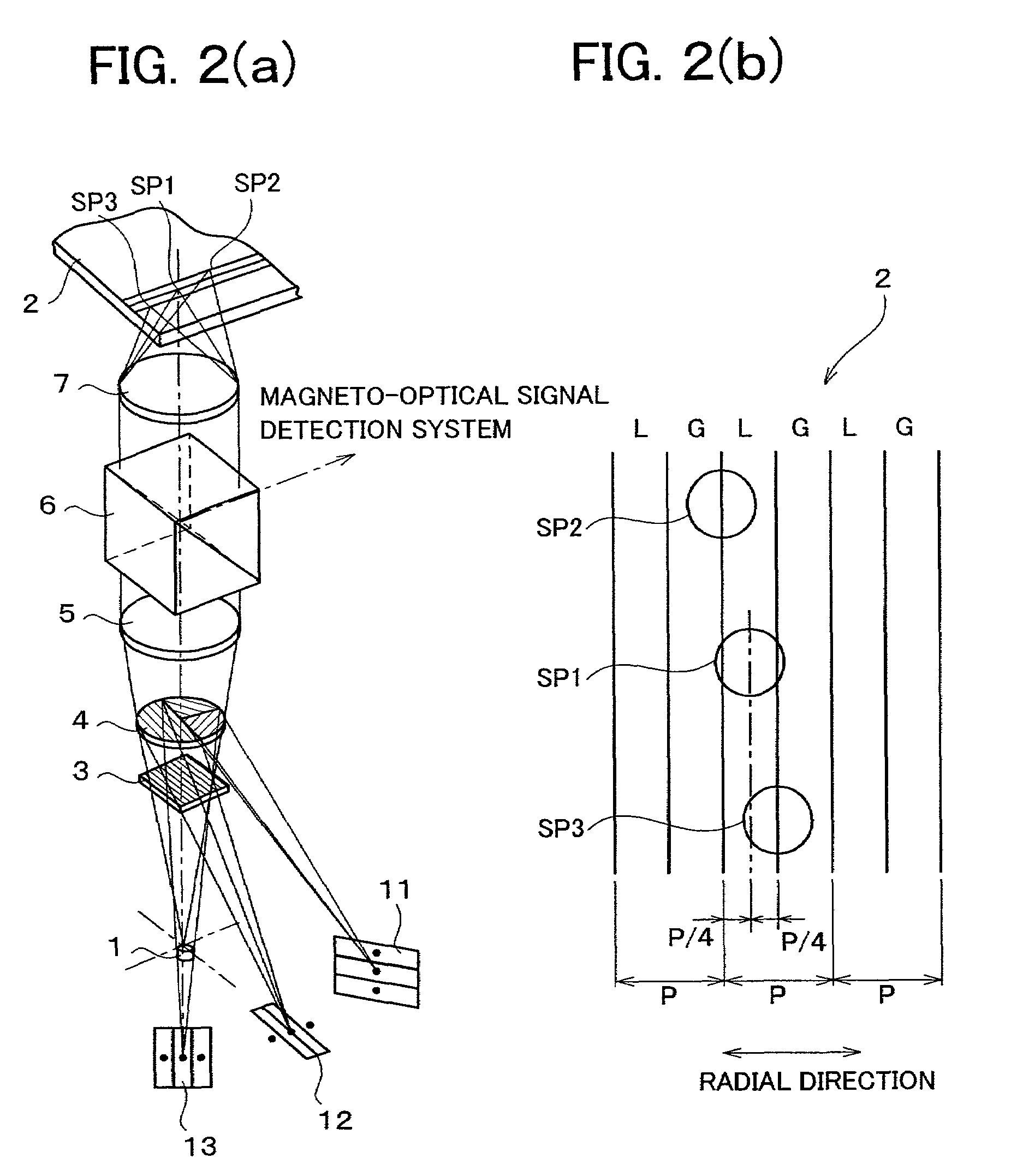Optical pickup device
- Summary
- Abstract
- Description
- Claims
- Application Information
AI Technical Summary
Benefits of technology
Problems solved by technology
Method used
Image
Examples
Embodiment Construction
[0071]Referring to FIG. 1 to FIG. 7, the following will explain an embodiment of the present invention.
[0072]FIG. 2(a) is a perspective view illustrating an optical system in an optical pickup device of the present embodiment. Between a semiconductor laser 1 as a light source and an optical disk 2 are disposed a first diffraction element 3, a second diffraction element 4, a collimator lens 5, a beam splitter 6, and an objective lens 7 in order from the semiconductor laser side, centered by an optical axis.
[0073]The first diffraction element 3 and the second diffraction element 4, which are dispersing elements utilizing the diffraction effect of light, function to disperse incident light. The optical disk 2 has a track which is defined by a groove part, which is a recessed part, and a land part, which is a raised part, of approximately the same width. The collimator lens 5 functions to convert emitted laser light into parallel laser light. The beam splitter 6 is an optical element wh...
PUM
 Login to View More
Login to View More Abstract
Description
Claims
Application Information
 Login to View More
Login to View More - R&D
- Intellectual Property
- Life Sciences
- Materials
- Tech Scout
- Unparalleled Data Quality
- Higher Quality Content
- 60% Fewer Hallucinations
Browse by: Latest US Patents, China's latest patents, Technical Efficacy Thesaurus, Application Domain, Technology Topic, Popular Technical Reports.
© 2025 PatSnap. All rights reserved.Legal|Privacy policy|Modern Slavery Act Transparency Statement|Sitemap|About US| Contact US: help@patsnap.com



